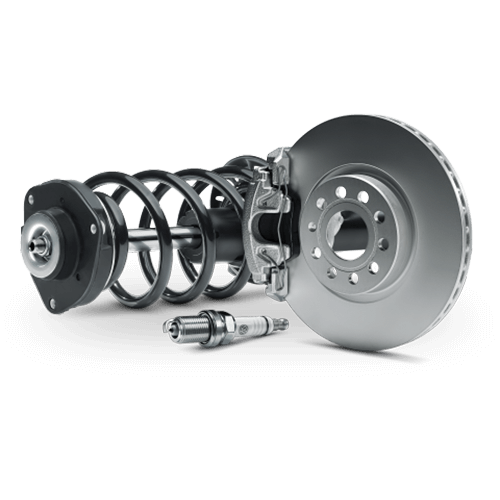
Why You Need to Check Parts Fitment Before Ordering
In the world of car maintenance and repairs, it's not easy to get caught up in the excitement of finding the perfect part at a great price. But before you hit that “buy” button, there's one crucial step that can save you a lot of hassle, time, and money: checking parts fitment.
Parts fitment refers to the compatibility of a specific part with your vehicle. It's more than just ensuring the part is the right size or shape; it also involves checking factors like:

How to Check Parts Fitment
-
Use a Parts Catalogue: A reliable parts catalog provides detailed information about various parts and their compatibility with different vehicle models. These catalogs are essential resources for ensuring that you order the correct parts. Make sure to use an updated and comprehensive catalog that covers your specific vehicle make and model.
-
Verify with Car VIN Number: Your car's VIN (Vehicle Identification Number) is a unique code that provides specific information about your vehicle. By using your VIN number when ordering parts, you can ensure that the parts are compatible with your car. Many online auto parts stores offer tools that allow you to input your VIN number to check fitment.
-
Consult with Experts: If you’re unsure about a part's fitment, consult with an expert. Whether it's a mechanic, a knowledgeable friend, or customer service representatives from the parts supplier, getting a second opinion can prevent mistakes. Many auto parts stores have customer service teams that can help verify the compatibility of parts.
Common Pitfalls and How to Avoid Them
-
Ignoring the VIN Number: Some car owners overlook the importance of the VIN number and rely solely on model year and make. However, slight variations within models can affect fitment. Always use your VIN number to ensure accuracy.
-
Relying on Generic Information: Generic information found online might not always be accurate or detailed enough for your specific needs. Always cross-reference information from multiple reliable sources, contacting the part expaert is the best way to find the right parts for your car.
-
Overlooking Small Details: Small details, like trim level or specific engine type, can affect part compatibility. Pay attention to these details when checking fitment to avoid ordering incorrect parts. For example if you are ordering the brake rotors, you need to check the outer diameter to make sure is the same as you have on your car.
Consequences of Incorrect Parts Fitment
Neglecting to check parts fitment can lead to a cascade of problems:
- Wasted Time and Money: Ordering the wrong part means you'll need to return it, wait for the correct one, and potentially pay extra shipping costs. Auto parts are usully heaving and shipping cost is higher than normal.
- Installation Challenges: Trying to force a mismatched part into place can damage your vehicle, leading to further repairs.
- Reduced Performance and Safety: A poorly fitting part might not function correctly, compromising your vehicle's performance or safety.
- Voiding Warranties: Installing non-compatible parts can void your vehicle's warranty.
Conclusion
Taking the time to check parts fitment before ordering is essential. It's a small effort that can save you a lot of headaches and potentially costly mistakes down the road. Remember, investing in the right parts is an investment in your vehicle's performance, safety, and your own peace of mind.























































